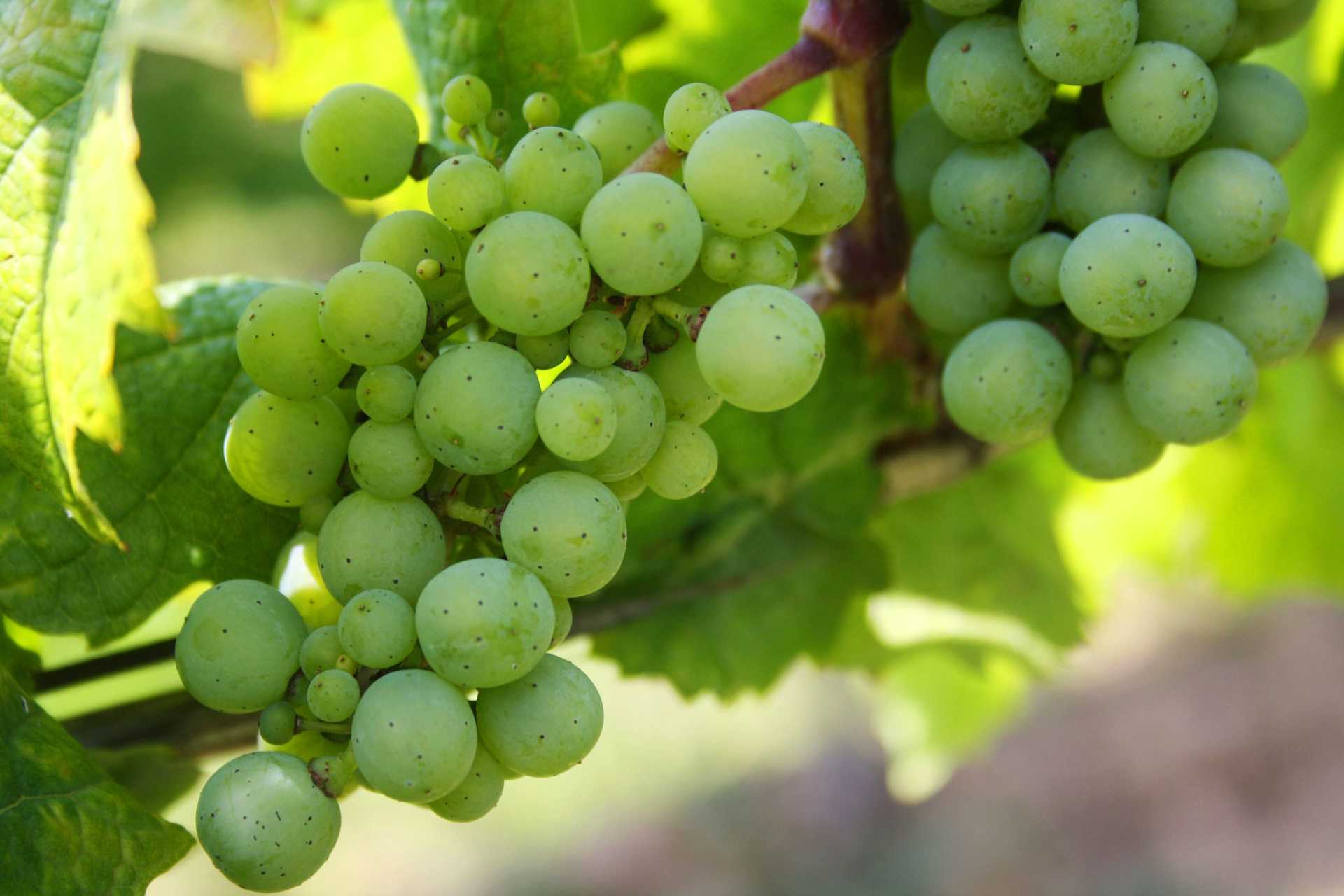Vodopivec Vitovska Amphora
-
Robert
Parker


Product Details
Your Rating
Somm Note
Winemaker Notes
Professional Ratings
-
Robert Parker's Wine Advocate
The 2006 Vitovska offers up an attractive melange of candied orange peel, spices and dried roses. A rich, textured white, the Vitovska caresses the palate with layers of perfumed fruit framed by silky, polished tannins. The wine’s fat, rich textures comes through nicely on the juicy, textured finish. This is an eccentric but totally beautiful wine from the Vodopivec brothers.


To hold the notion that the objective is "to disappear some day," says a lot of a winemaker who in the mid-1990s was identified, from the outside, as a part of a "movement", as an early Gravner protege'. Unescorted, Paolo Vodopivec traveled alone to Georgia when it was still a very dangerous voyage and officially closed to foreigners. A bracing and potently strong man, Vodopivec admits that it was a scary experience. "But I wanted to see that wine making culture for myself," he said. "Even if it meant a risk, there was something I needed to understand."
A patient man, Vodopivec ages his white wines from three to four years in cask. Production, in even the most bountiful vintages, will reach 11,000 bottles, at most. If Vodopivec sees distinct differences among certain rows, there will be further separations in that harvest. In some years, as many as four, specific selections are made.
If you were to taste a Vodopivec wine unaware of the context of skin macerations and/or vinification in amphora (techniques that later became a fad of the born again naturalists), you'd probably have no idea that he had used either technique. And this is just as he would have it. The wines simply are - they don't refer to a style or person. They are vibrant and individual wines, clearly from a very special place and very well looked after. They are singular, pure and utterly unique.

With hundreds of white grape varieties to choose from, winemakers have the freedom to create a virtually endless assortment of blended white wines. In many European regions, strict laws are in place determining the set of varieties that may be used in white wine blends, but in the New World, experimentation is permitted and encouraged. Blending can be utilized to enhance balance or create complexity, lending different layers of flavors and aromas. For example, a variety that creates a soft and full-bodied white wine blend, like Chardonnay, would do well combined with one that is more fragrant and naturally high in acidity. Sometimes small amounts of a particular variety are added to boost color or aromatics. Blending can take place before or after fermentation, with the latter, more popular option giving more control to the winemaker over the final qualities of the wine.

The source of some of Italy’s best and most distinctive white wines, Friuli-Venezia Giulia is where Italian, Germanic and Slavic cultures converge. The styles of wines produced in this region of Italy's far north-east reflect this merging of cultures. Often shortened to just “Friuli,” the area is divided into many distinct subzones, including Friuli Grave, Colli Orientali del Friuli, Collio Goriziano and Carso. The flat valley of Friuli Grave is responsible for a large proportion of the region’s wine production, particularly the approachable Pinot grigio and the popular Prosecco. The best vineyard locations are often on hillsides, as in Colli Orientali del Friuli or Collio. In general, Friuli boasts an ideal climate for viticulture, with warm sunny days and chilly nights, which allow grapes to ripen slowly and evenly.
In Colli Orientali, the specialty is crisp, flavorful white wine made from indigenous varieities like Friulano (formerly known as Tocai Friulano), Ribolla gialla and Malvasia Istriana.
Red wines, though far less common here, can be quite good, especially when made from the deeply colored, rustic Refosco variety. In Collio Goriziano, which abutts Slovenia, many of the same varieties are planted. International varieties like Merlot, Cabernet Sauvignon, and Cabernet Franc are also common, but they tend to be Loire-like in style with herbaceous character and mellow tannins. Carso’s star grape is the red Teranno, notable for being rich in iron content and historically consumed for health purposes. It has an earthy, meaty profile and is often confused with the distinct variety Refosco.
